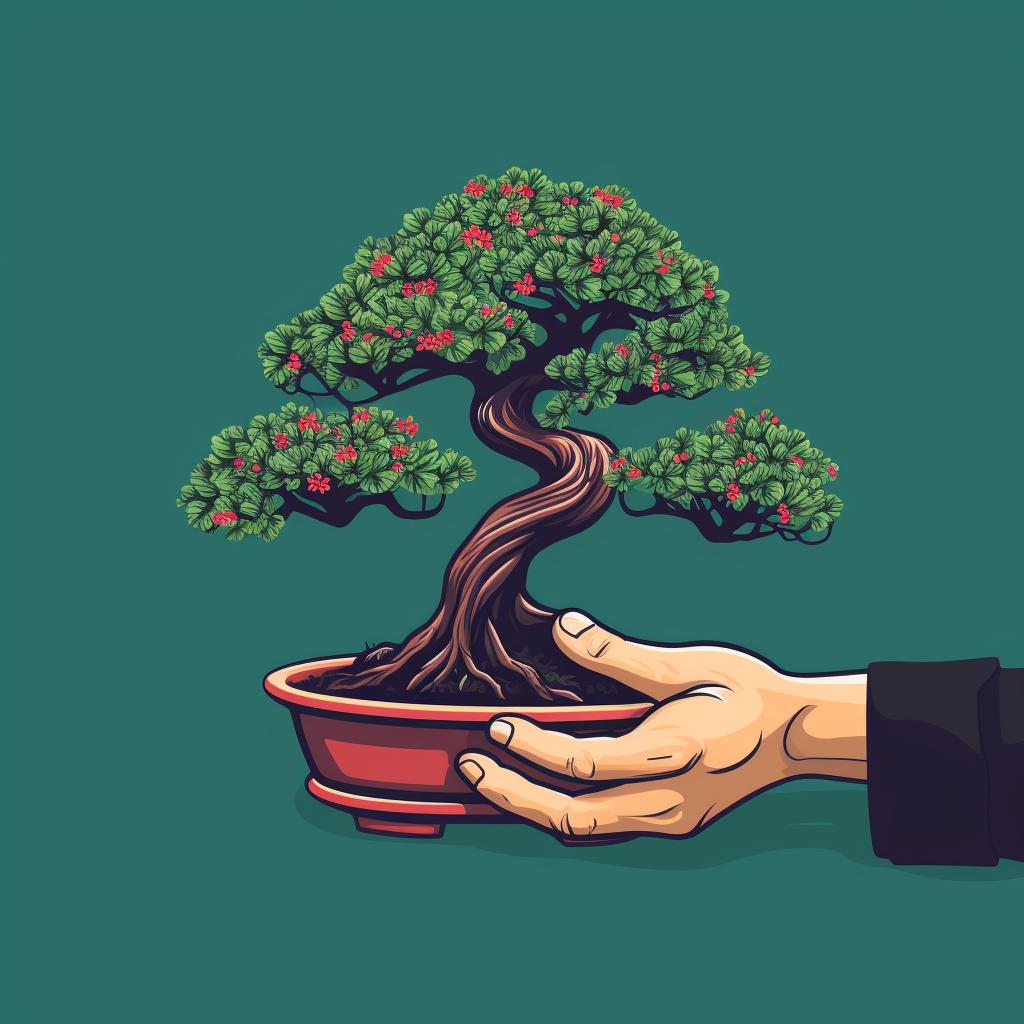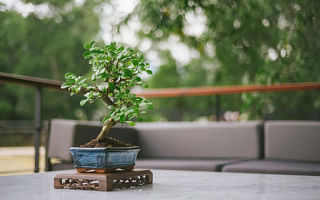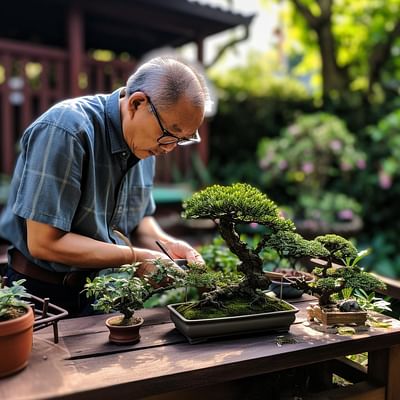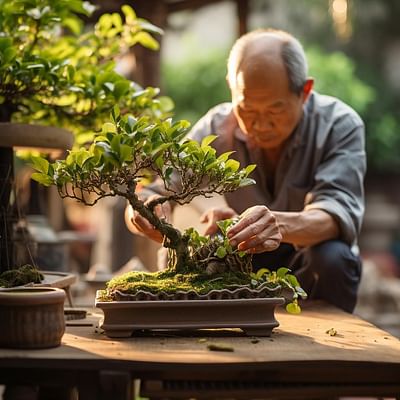🌳 Illuminating Your Bonsai: A Step-by-Step Guide 🌱
Mastering the art of bonsai cultivation is a journey of patience, precision, and passion. One crucial aspect of this journey is understanding how to properly illuminate your bonsai tree. The right amount of light can make a world of difference in the health and aesthetic appeal of your miniature masterpiece.
Every bonsai species has unique light requirements. Identifying your bonsai species is the first step towards providing it with the best possible care. For instance, if you're nurturing a Jade Bonsai, you'll need to understand its specific light needs to ensure it thrives.
Once you've identified your bonsai species, it's time to find the perfect spot for it. This might be a sunny windowsill, a shaded corner of your garden, or a spot under a grow light. The location should match the light requirements of your bonsai species. If you're unsure about the best location, our Bonsai Garden Inspiration guide can provide some helpful pointers.
Rotating your bonsai tree every few days is a simple but effective technique for promoting even growth. This prevents one side from becoming overgrown and ensures all parts of your bonsai receive adequate light. If you're new to bonsai cultivation, our Tips for Beginners guide offers more advice on this and other essential bonsai care techniques.
As the seasons change, so do light conditions. It's important to adjust your bonsai's position accordingly to protect it from scorching summer sun or to maximize exposure to limited winter sunlight. If you're interested in learning more about this, our Art and Science of Bonsai Tree Care guide provides detailed information on seasonal bonsai care.
Finally, always monitor your bonsai's health. Yellowing leaves or slow growth may indicate inadequate light. If you notice these signs, don't hesitate to adjust your tree's position or consider using a grow light. Remember, bonsai cultivation is a journey, and every step you take brings you closer to becoming a true bonsai master.

















